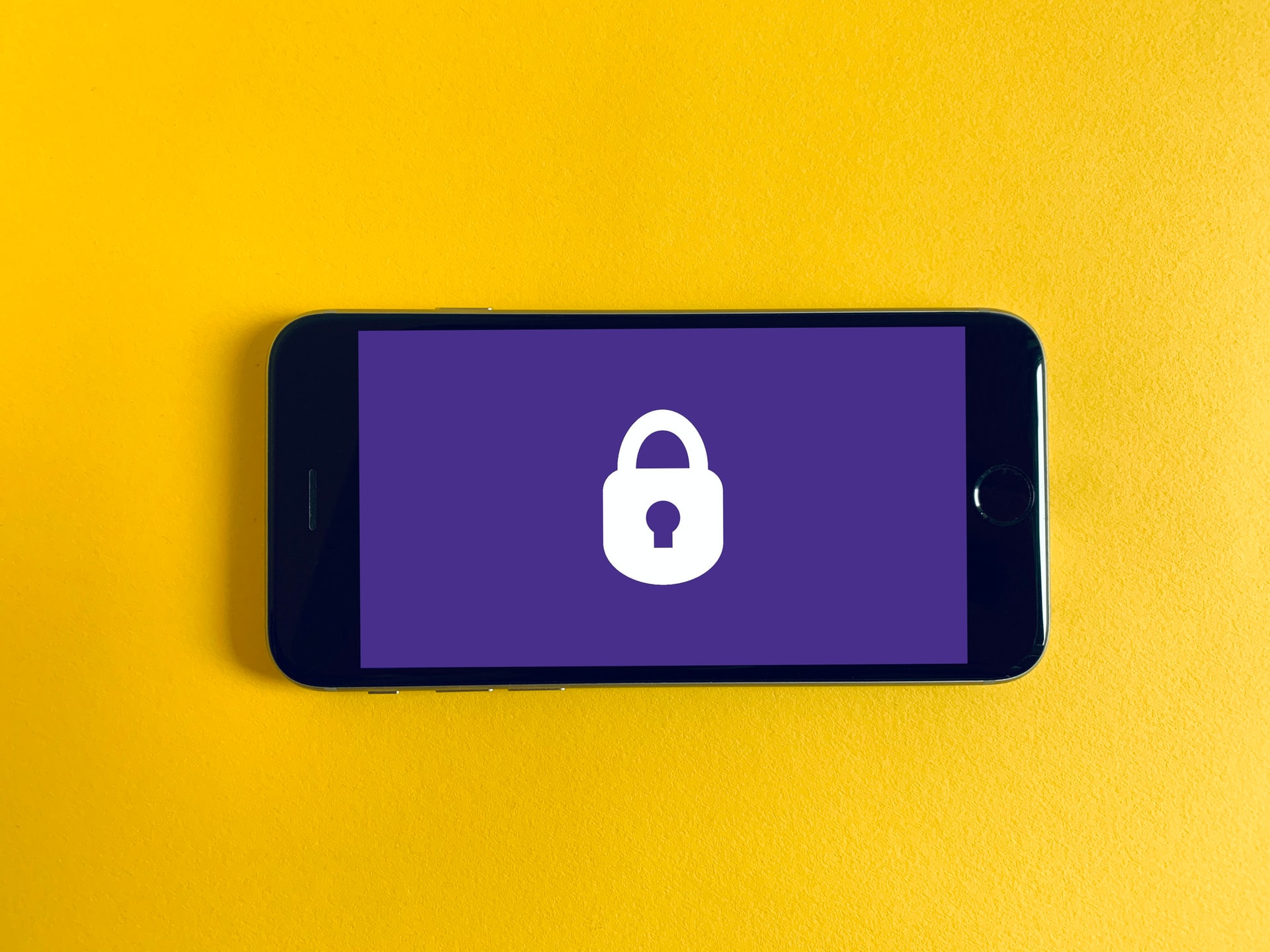Balancing your R&D budget and your sales and marketing budgets as a mobile app developer is one of the toughest challenges you’ll face. You have to make sure your mobile app keeps up with your competitors’ apps, while also spending enough money to acquire and retain users.
If you have a background in sales or marketing, then you already know that retaining an existing customer is from five to 25x cheaper than acquiring a new one. On top of that, a 5% increase in customer retention increases company profits from 25 to 95%.
That being said, you’re probably constantly working on increasing your customer retention. But have you looked into your mobile security strategy, and the way your mobile ID is managed? It’s an area often overlooked that actually hugely impacts both your acquisition and retention rates.
In fact, 87% of people feel either neutral or dissatisfied with the way their digital identity is managed. That’s a huuuge space for improvement, and one that would bring in results fairly quickly.
With the number of cyber attacks steadily increasing, predicted to reach its peak in 2022, streamlining your mobile security could significantly help your sales and marketing efforts.
1) Turning effective mobile security into one of the biggest competitive advantages
In a climate of ever-increasing cyber attacks where 58% of adults are more worried than ever about being a victim of cybercrime, effective mobile security is something that could become one of your biggest competitive advantages.
Assess your current mobile security system and compare it to that of your competitors. Better yet, invest in it and ensure that it is up to the latest security recommendations and standards.
Then, include it in your messaging. Market it to your community, and market it to your leads. Think about joining relevant industry awards to showcase your mobile security efforts to receive recognition from industry experts. Blast the news around.
Don’t be afraid to educate your users on mobile security, and explain to them what the best precautions to take are.
2) Implementing solid data privacy practices to build brand loyalty
While the metaverse has certainly helped us connect with the world, it has also brought on data privacy concerns like never before. Let me give you some numbers to illustrate:
78% of consumers are concerned about data privacy. 83% want to do more to protect their privacy, but 47% don’t know how they can do that. That’s where you jump in.
Protect their data privacy by following the latest recommendations, be transparent about the way in which you’re protecting it, and you’ll be surprised by the increasing customer trust and brand loyalty.
3) Streamlining onboarding to increase user acquisition
You have your leads. You work hard to bring them to the registration page. And yet, you see a drop-off rate that’s much bigger than what you’re comfortable with. Your user/ phone verification mechanism could be the reason why.
Did you know that 43% of users simply abandon an onboarding process when they are met with friction related to proving their identity and/or verifying their phone number?
That right there is one of the low hanging fruits that you could start working on today. Simplify your onboarding process as much as possible, and try to integrate seamless yet secure verification. It’s what the users expect.
4) Frictionless login to increase retention and engagement
Let’s jump right into it – 60% of users feel they are occasionally, frequently, or always slowed down or blocked from accessing services online. And as we’ve already seen, when they face friction, a large portion of them tend to leave.
Do you know that moment when you want to get in your inbox, but Gmail has logged you out? Thankfully, your browser remembers your password. But, then there is the 2-factor authentication. Take your phone out, find your code, and put it in. I’m sure you’ll agree that a user experience that’s far from ideal, especially in 2022.
On a similar note, 64% of people refuse to use SMS 2FA for the same reason. And that’s where you lose many of your returning customers who would otherwise engage with your app.
Don’t underestimate the power your login user experience has on your retention and engagement rates.
5) Look into IPification, biometrics or similar mobile authentication solutions
The solution to the problems described above? Secure, frictionless authentication methods that protect user’s data privacy, if possible implemented as part of a multi-factor authentication system.
Look into IPification, biometrics, or similar mobile authentication options.
IPification verifies users within milliseconds and with only one tap, while ensuring bank-grade security. It uses a user’s device, phone number and telecom data to assign them a unique Mobile ID key which it verifies them against. On top of that, IPification is capable of continuous authentication and fits perfectly into the zero trust architecture.
Biometrics is one of the best user experiences around. Both fingerprint and face ID are seamless, albeit with certain privacy concerns. While changing your password is fairly easy, the same can’t be said for your fingerprints or face.
But hey, that’s what multi-factor authentication is there for. It’s all about choosing the complimentary authentication options to provide the highest level of security, user experience, and data privacy. And it’s been proven to work in practice: in fact, according to Microsoft, MFA prevents 99.9% of cyberattacks.
Have any questions? We’d love to help! Just shoot us a message.



